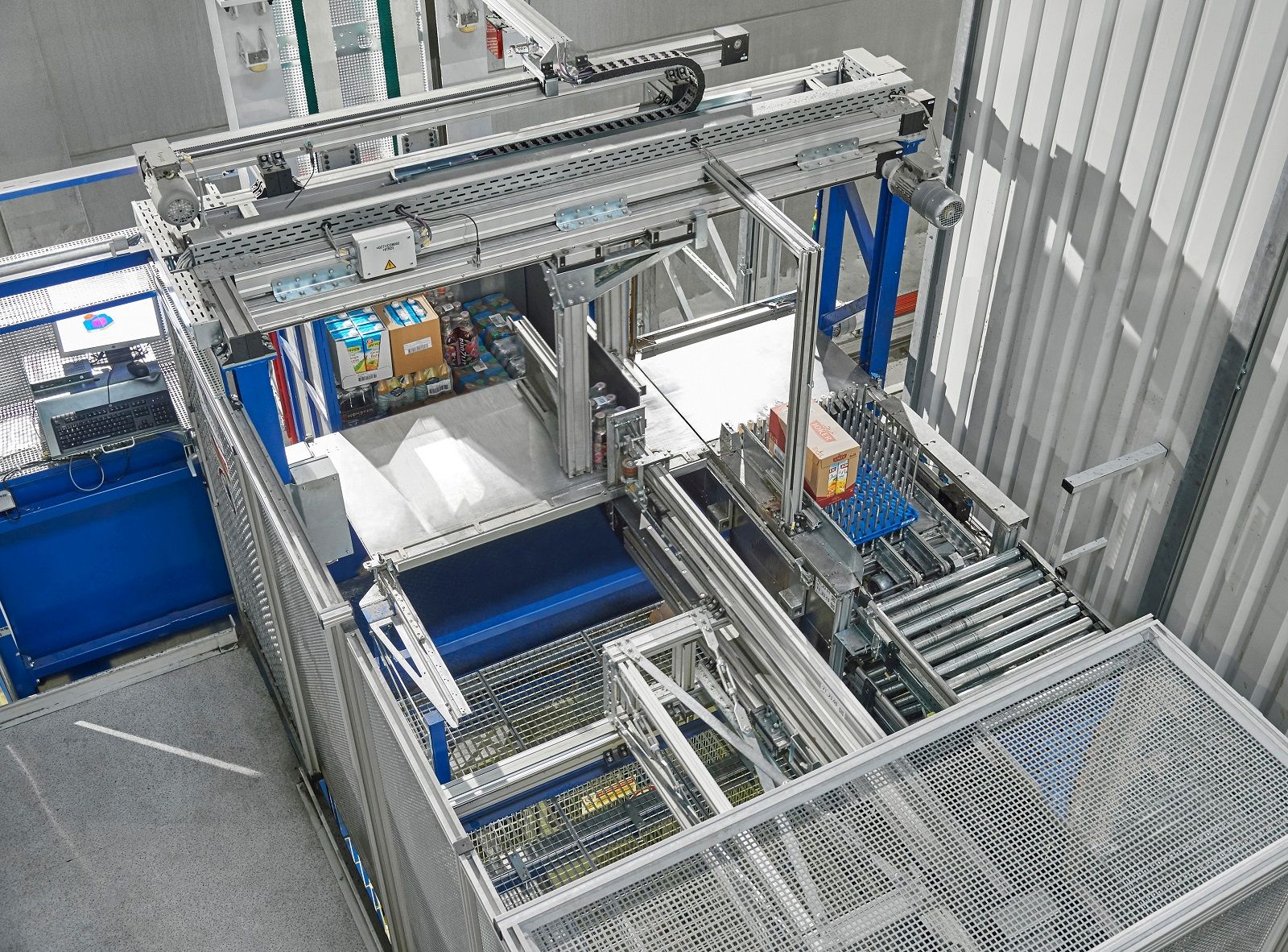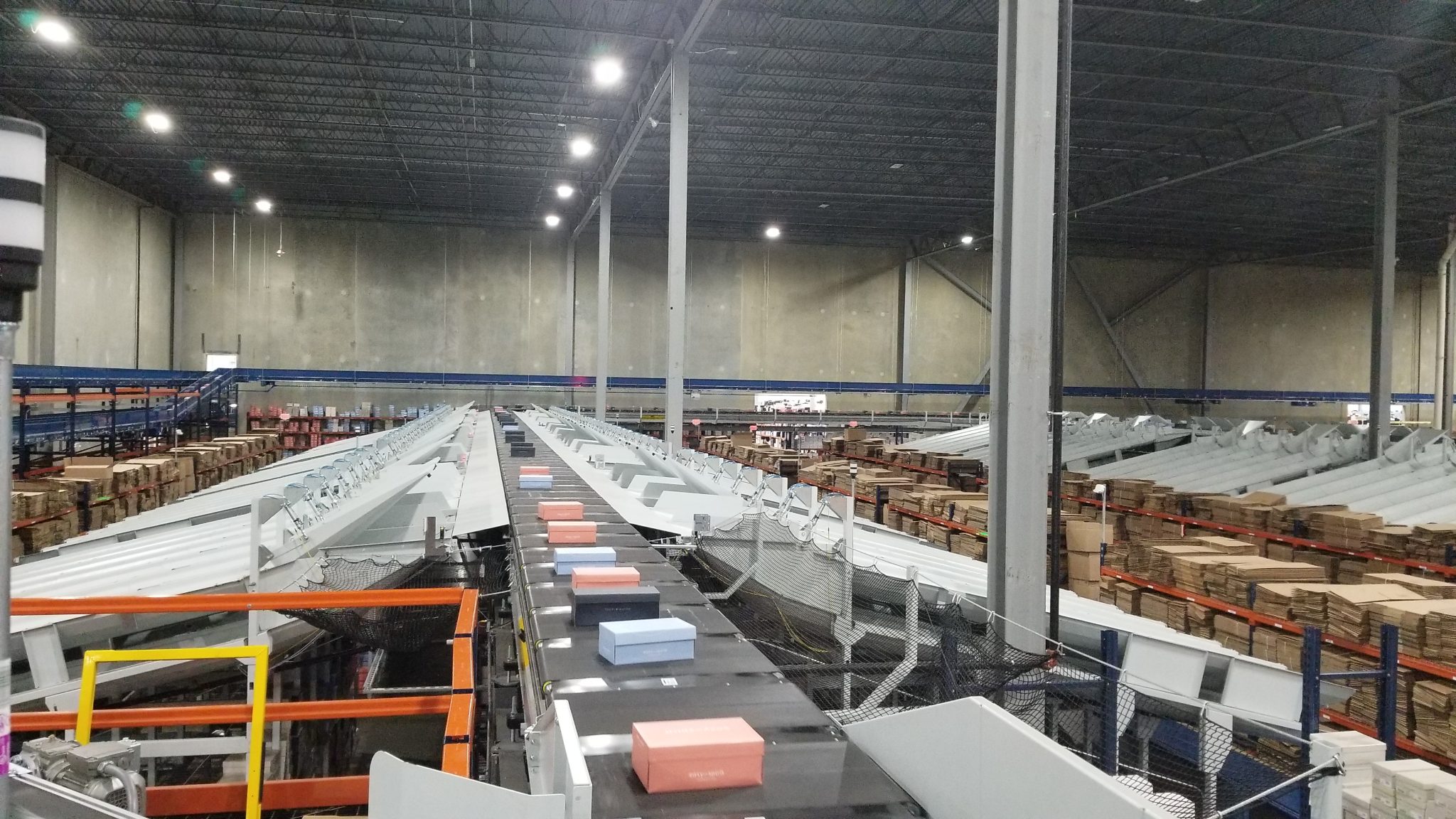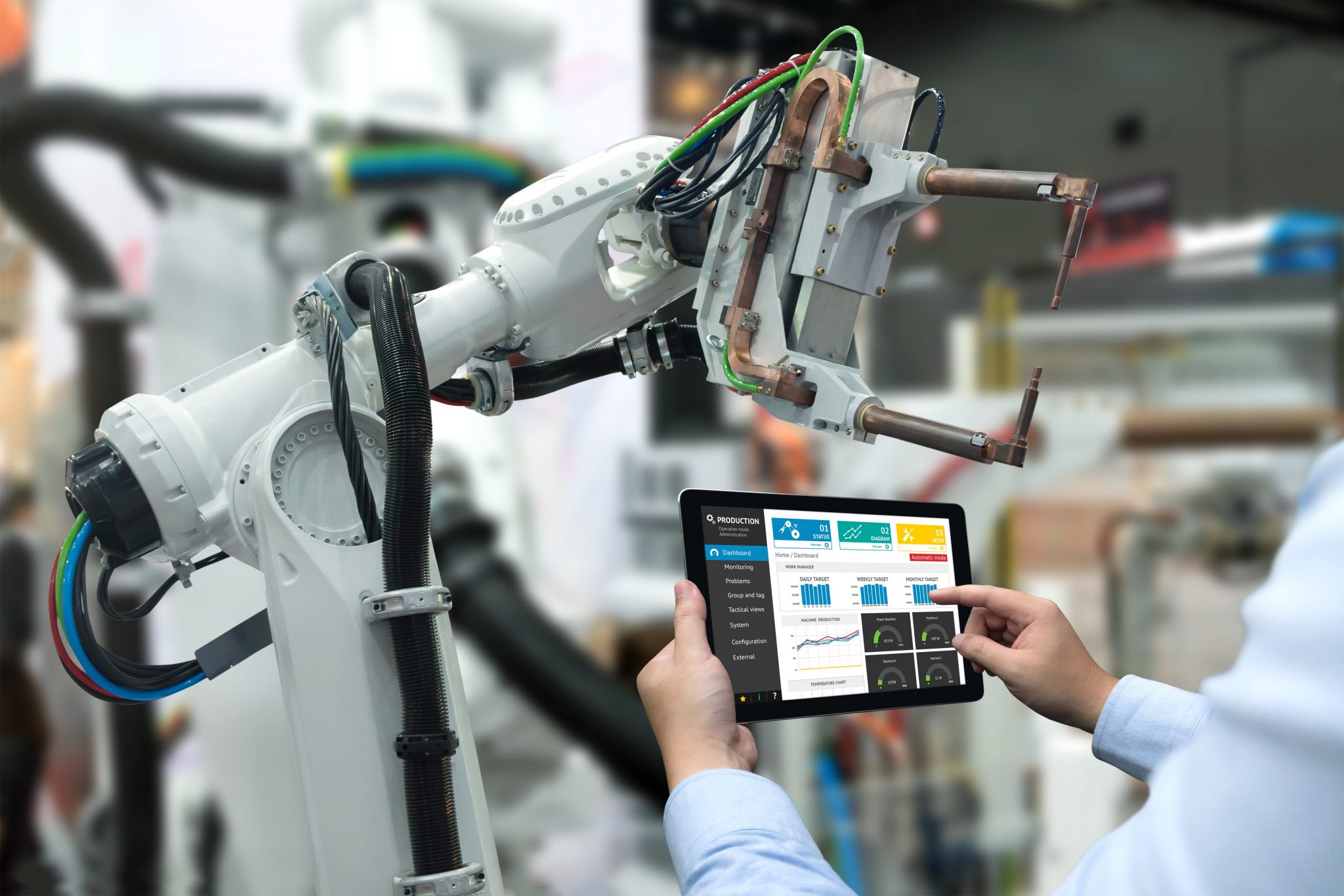Martin Stich, CEO of Witron Logistik + Informatik GmbH blogs:
We have been experiencing a robotics hype in intralogistics for several years – at least according to the many magazines and trade show appearances of some companies. At every trade show, companies present classic six-axis multi-link robots that are supposed to make their way from the manufacturing to the logistics sector. Small parts picking is the plan.
Please do not misunderstand, I am a friend of automation and robotics – and every bit of ergonomics improvement supports people in the supply chain – but I ask myself: how broad is the range of parts that can be covered with a classic robot? What should the all-rounder multi-link robot achieve in logistics and particularly in retail logistics and food retail – depalletizing, stacking, and picking? Economically and technologically, this is still difficult to achieve with the classic industrial robot.
From my point of view, it is decisive to find topics to discuss in this context. The focus is on questions such as should the robot grip the goods, use suction, or work with vacuum technology – or a combination of everything? I think this thought-process is missing the point because for users and operators it is all about the process as a whole – end-to-end – and not just about a single step in the entire chain.
The same applies to the topic of whether 50%, 60%, or 70% of the product range can be picked with a robot. The decisive factor is not the percentage itself – in this case it is to have two parallel material flows – and that complexities arise in terms of flows, inventory, synchronization and consolidation, family groups, etc. Even a simple referral to Cobots does not solve this issue – the whole business case has to make sense – the individual consideration of the specific pick process is just a partial aspect. Ultimately, it is crucial for our customers to implement cost-efficient solutions – with the necessary products, performance, availability, and service life.
We need specialists for processes in retail intra-logistics. Yes, Witron also builds robots. Our COM palletizing machine, for example, is one of these specialists. Developed for food retail logistics, completely integrated into the entire material flow through the logistics center, and interacting with semi-automated and manual sub-systems. When looking at the topic in this way, we have been working with robots since 2003, because a robot is a handling device that supports people and is controlled by a computer. This means that the COM from the OPM system also belongs to the robot category – even if the classic robotics suppliers won’t like to hear this.
For me, a robot is not just the classic six-axis multi-link robot”, explains Prof. Dr.-Ing. Birgit Vogel-Heuser from the Technical University of Munich at the ZVEI (German Electrical and Electronic Manufacturers Assocation) annual congress in Berlin. There are many robotic applications, for example in the packaging industry, says the scientist from the Chair of Automation and Information Systems. She talks about “specific robots” as a competitive advantage of German companies. That’s exactly what it’s all about: finding a solution for a problem. Unfortunately, this does not always work with standard components that are already on the market.
And against the hype: A robot alone – however it looks optically – does not make the user ‘happy’. I am firmly convinced that it takes more to replace a human being at a workstation with a machine – this is again missing the point. If it is going to be automated – then it should be done properly – only then it’s ground breaking and can count as rethinking and interpreting the whole process – technically, economically, and ecologically!







